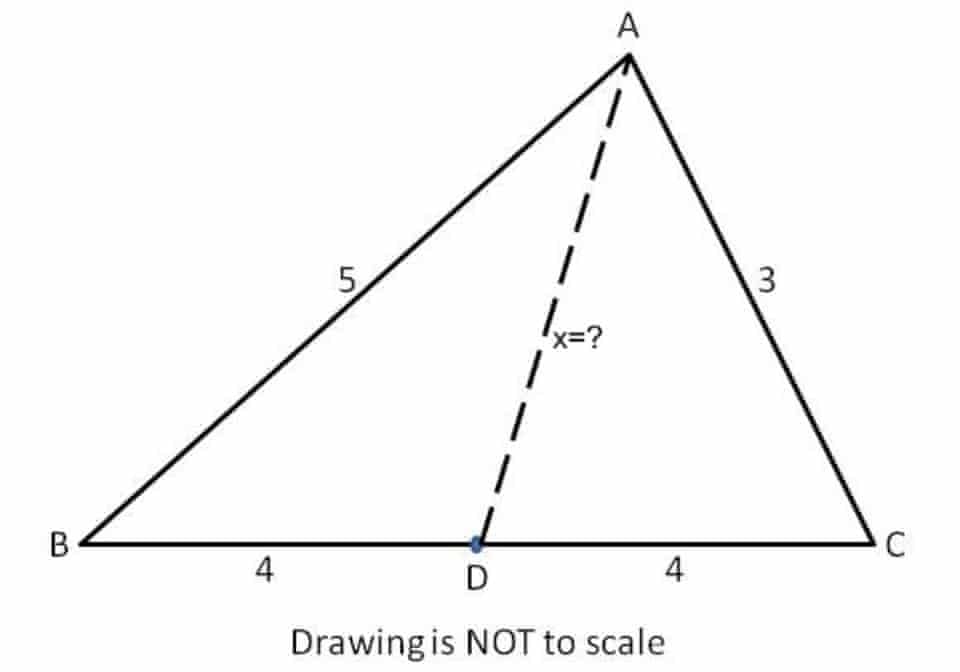For those not wanting to click, there are two questions.
- What is the length of x?

- Can you:
i) Divide a square into five rectangles such that no two rectangles share an entire side in common – i.e. the sides of abutting rectangles never start and finish at the same points? (The rectangles do not need to be the same size or shape.)
ii) Divide an 11 x 11 square into five rectangles in such a way that the ten side lengths are the whole numbers from 1 to 10? Hint: if you have solved part i) use this arrangement of rectangles.
From a cursory glance of 1.), it seems to follow that
spoiler
x = 0The outer triangle has sides 8, 5, and 3. This doesn’t form a triangle.
Edit: bah, never mind. I looked at the solution, and I’m a dunce.
x = 1because4 - 3 = 1.
I find the triangle problem a bit silly. There’s a clever insight to easily solve it, but the alternative, systematic approach is not exactly high-level knowledge.



